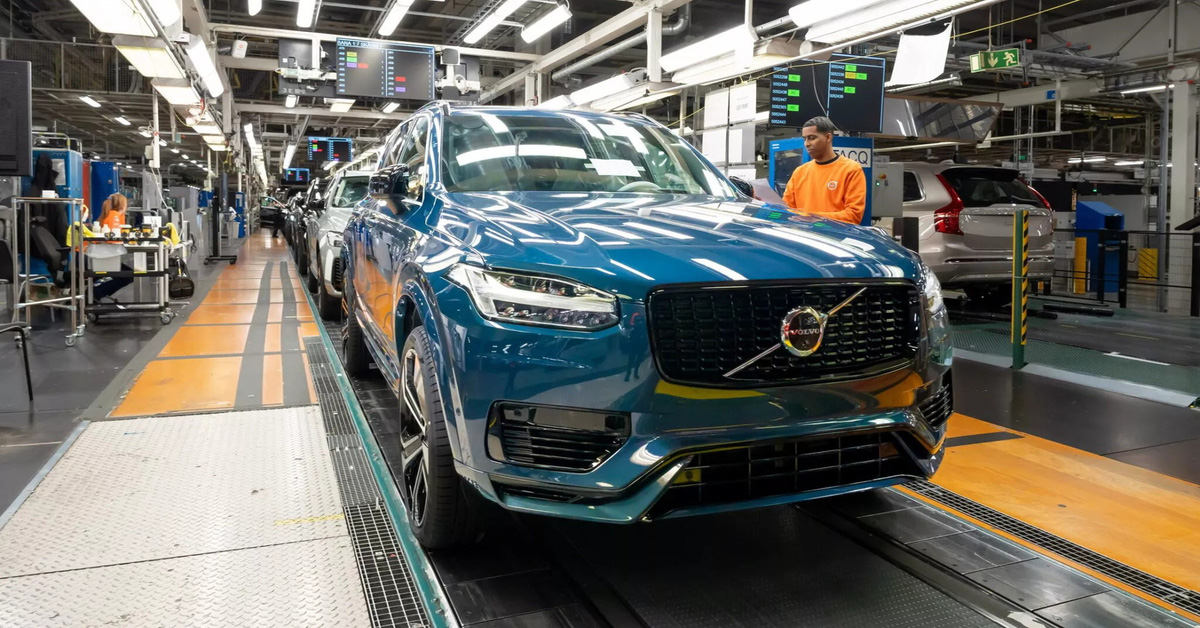Volvo has adjusted its plan to phase out combustion engines, now extending the timeline beyond 2030. Despite this change, the company remains committed to electric vehicles while acknowledging the challenges of a non-linear transition.

Volvo revises electric vehicle goals
Swedish automaker Volvo, majority-owned by China’s Geely Holding, has revised its ambitious electric vehicle (EV) targets. On Wednesday, September 4, the company announced that it will no longer aim to produce only electric cars by 2030. Instead, by that year, Volvo plans for 90% of its sales to come from fully electric vehicles or plug-in hybrids, while the remaining 10% will consist of mild hybrids, which primarily use combustion engines.
“We are firmly convinced that our future is electric,” said Volvo CEO Jim Rowan. “However, it is clear that the transition to electrification will not be linear.” Rowan emphasized that customers and markets are progressing at different paces.
Volvo is not alone in this adjustment. The demand for electric vehicles has slowed among major automakers, partly due to a lack of affordable models and the slow development of charging infrastructure. Recently, Mercedes and Volkswagen have also scaled back their electric ambitions.
Preparing for European tariffs
Volvo is also preparing for the impact of European tariffs on electric vehicles produced in China. Some of the company’s models, including the electric EX30, are currently manufactured in China. The launch of this model in the U.S. had to be delayed due to the risk of a 100% special tariff.
Investment in EVs remains unchanged
Despite the new strategy, Volvo’s carbon footprint is expected to worsen. The company now aims to reduce CO2 emissions by 65% to 75% by 2030, a slight decrease from its original target of 75%. However, Volvo has clarified that it will not reduce its investments in electric vehicles.
To boost demand in the coming months, Volvo is focusing on its electric SUV flagship, the EX90. The company has begun delivering this model to retailers in the U.S. and Europe, with the first customers expected to receive their vehicles by the end of this month.







